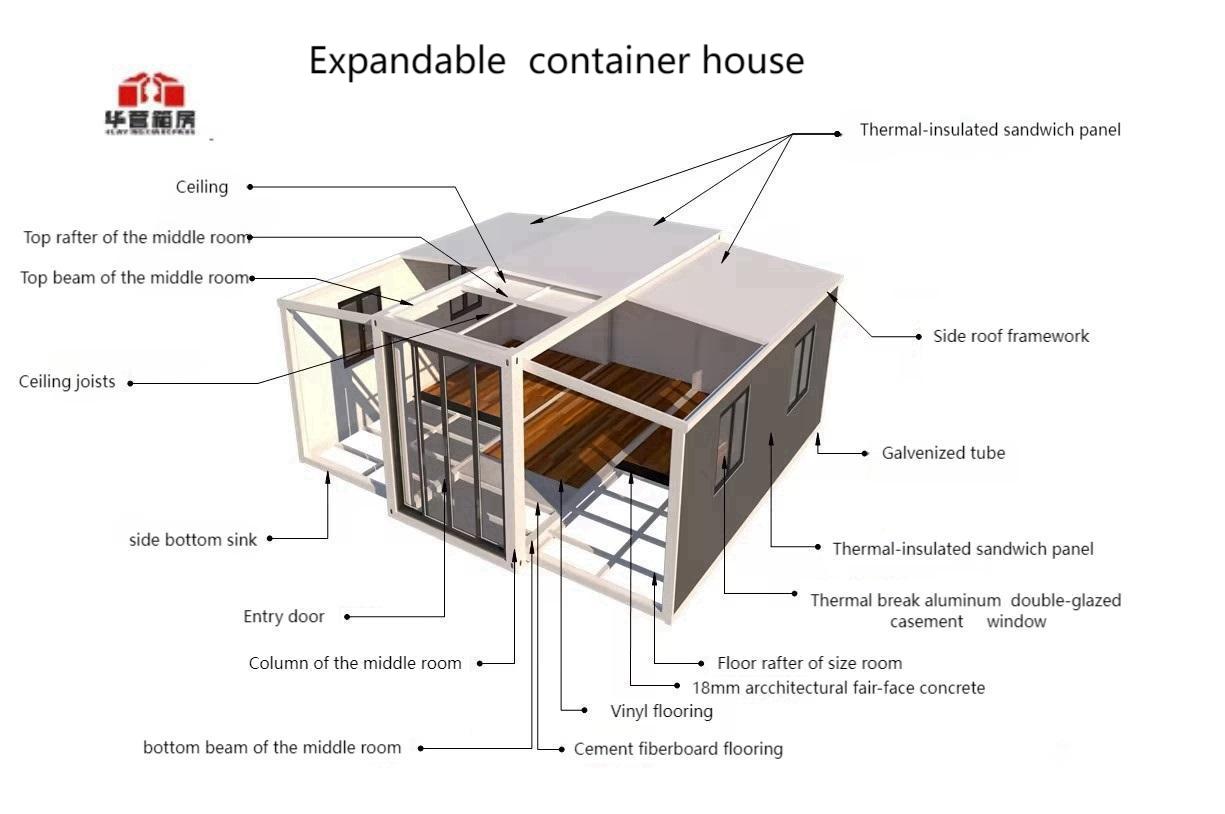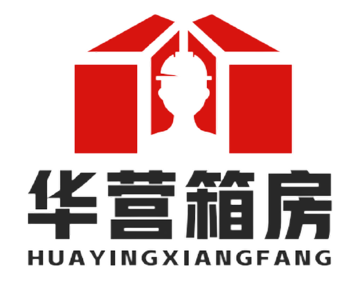Discover the innovative world of detachable houses – modular, portable housing solutions that offer unprecedented flexibility, sustainability, and cost-effectiveness. Learn how these revolutionary structures are transforming the way we think about permanent and temporary living spaces.
Have you ever wished you could pick up your home and move it to a new location? Or perhaps expand your living space without the hassle of traditional construction? Welcome to the world of detachable houses – a groundbreaking concept that’s reshaping our approach to housing in the 21st century.
Detachable houses, also known as modular or portable homes, represent a paradigm shift in residential architecture. Unlike traditional structures, these innovative dwellings are designed to be easily assembled, disassembled, and transported to different locations as needed. This flexibility opens up a world of possibilities for homeowners, property developers, and even disaster relief organizations.
The Advantages of Going Detachable
The appeal of detachable houses extends far beyond their mobility. These structures offer numerous benefits that make them an attractive alternative to conventional homes:
- Cost-Effectiveness: With reduced construction time and materials, detachable houses typically cost 20-30% less than traditional builds.
- Sustainability: Many detachable homes incorporate eco-friendly materials and energy-efficient designs, minimizing environmental impact.
- Speed of Construction: While a traditional home might take months or years to build, a detachable house can be ready in a matter of weeks.
- Flexibility: Need to move? Simply disassemble and transport your home. Need more space? Add another module.
- Quality Control: Since detachable houses are often built in factory settings, they benefit from consistent quality standards and protection from weather-related construction issues.
Understanding the Structure
At first glance, you might wonder how a house designed to be taken apart can maintain structural integrity. The secret lies in innovative engineering and connection systems. Let’s take a closer look at the anatomy of a typical detachable house:

As shown in the diagram above, detachable houses utilize a sophisticated framework of interlocking components. The “wing” design allows for easy connection and disconnection while maintaining stability. Key structural elements include:
- Base Frame: The foundation that supports the entire structure and allows for transportation
- Wall Panels: Prefabricated sections that connect seamlessly to form the exterior walls
- Roof System: Often designed as a single unit for quick installation and weatherproofing
- Connection Points: Specialized joints and fasteners that secure components without permanent welding or adhesives
The Installation Process: Surprisingly Simple
One of the most impressive aspects of detachable houses is how quickly they can be assembled. What might seem like a complex process is actually quite straightforward, as demonstrated in the following video:
Your browser does not support the video tag.
As you can see, the installation process typically follows these steps:
- Site preparation and foundation placement
- Delivery of modular components
- Assembly of the base frame
- Connection of wall panels
- Installation of the roof system
- Connection of utilities (electrical, plumbing, HVAC)
- Interior finishing and furnishing
The entire process can often be completed in just a few days, compared to months for traditional construction methods.
Real-World Applications
Detachable houses aren’t just a novelty – they’re solving real-world problems across various sectors:
- Disaster Relief: When natural disasters strike, detachable houses can be quickly deployed to provide temporary shelter for displaced families.
- Remote Work: As remote work becomes more common, detachable home offices offer a dedicated workspace that can be installed in backyards or rural properties.
- Aging in Place: Detachable “granny flats” allow elderly family members to maintain independence while staying close to loved ones.
- Vacation Properties: Why buy a vacation home when you can bring one with you? Detachable houses make it possible to enjoy comfortable accommodations wherever you go.
- Urban Development: In densely populated cities, detachable micro-homes are providing affordable housing solutions on underutilized land.
The Future of Detachable Housing
As technology continues to advance, we can expect detachable houses to become even more sophisticated. Innovations in materials science, smart home technology, and renewable energy integration are already being incorporated into new designs.
Imagine a future where your home can not only be moved but also reconfigured based on your changing needs. Need a home office today and an extra bedroom tomorrow? With modular detachable designs, this flexibility could become a reality.
Conclusion
Detachable houses represent more than just a novel building technique – they embody a shift toward more flexible, sustainable, and accessible housing solutions. Whether you’re looking for a permanent residence, a vacation getaway, or a temporary shelter, these innovative structures offer compelling advantages over traditional construction methods.
As we continue to face challenges like housing shortages, environmental concerns, and changing lifestyle needs, detachable houses stand poised to play an increasingly important role in shaping the future of residential architecture. The ability to create quality housing that’s both affordable and adaptable might just be the solution we’ve been searching for.
